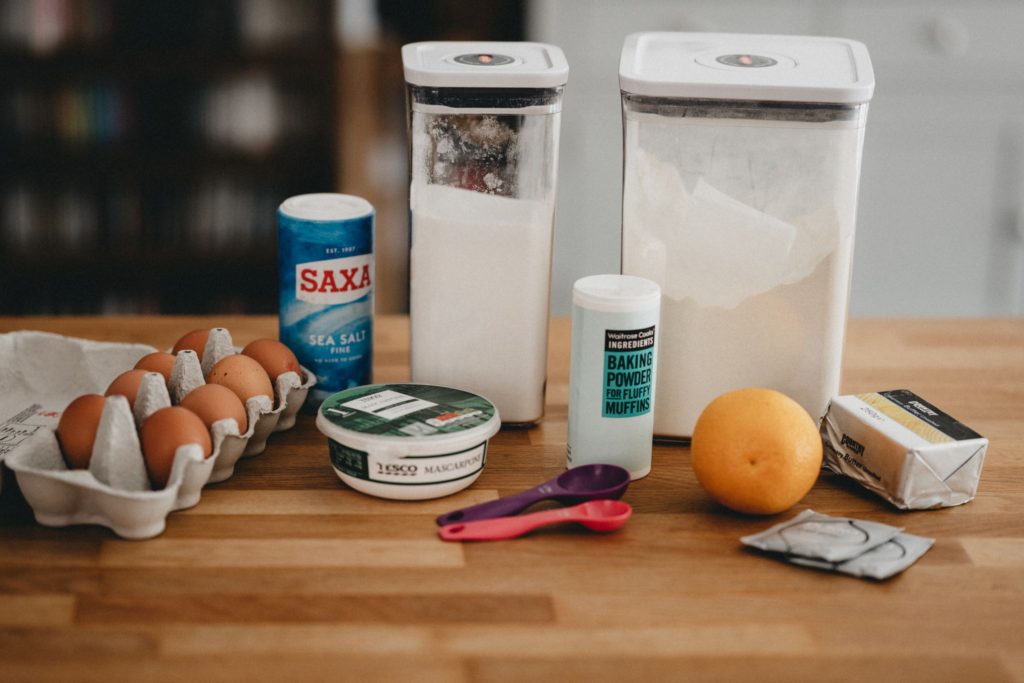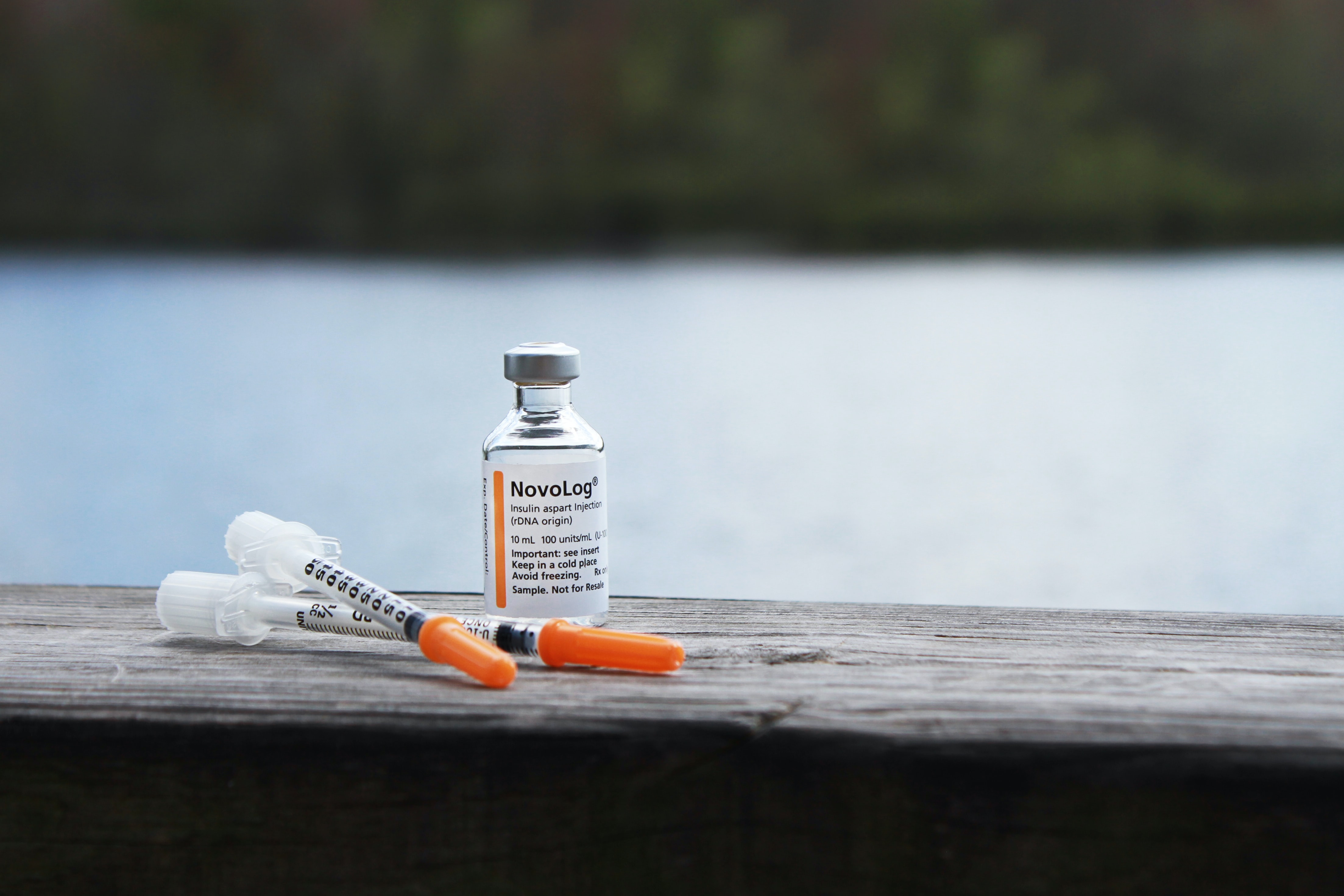During a recent break from courses, I have been building my cooking skills. I recently reviewed a cookbook called “Basic to the Basics.” I realized that this was an important concept for nursing students as well. Nursing students are getting ready to head back to school for the next semester. Most are looking forward to the new learning and experiences they will have. But, students will find any new learning connects to courses they had before. Each nursing course builds on others like building blocks. Success in new classes may very well depend on the recall of previous courses. Important courses are Anatomy and Physiology and Chemistry. So, getting back to the basics in these courses may hold the key to success.
Anatomy and Physiology: A Basic Ingredient

As a nurse educator, I noted many of the nursing students not successful in medical-surgical and other nursing courses often had one characteristic in common. They had a poor understanding of previous courses, particularly anatomy and physiology (A & P). As students learn about common disease processes, such as coronary artery disease, asthma, or diabetes mellitus, understanding the function of the heart, lungs, or pancreas is very important. The important learning points for most diseases are the signs and symptoms, physical assessment, diagnostic tests, medical treatment, and nursing care. If we understand how the affected organ works, the learning points regarding the diseases will make more sense and be easier understood and recalled.
Example: Diabetes Mellitus
For example, if studying Type 1 diabetes mellitus (DM), we learn this is a disease of the pancreas. Specialized cells within the pancreas create and secrete insulin into the blood. Insulin allows the body’s cells to take in glucose for energy. When the pancreatic cells, called the Islets of Langerhans, can’t secrete insulin, glucose will not get into the cells. Glucose amounts in the blood increase. With a higher concentration of glucose in the blood, the kidneys filter larger amounts of glucose. More water than usual pulls along with it. Also, in an attempt to obtain nutrients for energy, fat is broken down by the body, creating a byproduct called ketone bodies. Ketones lead to dangerous metabolic acidosis. Signs and symptoms develop from what is happening: hunger (polyphagia), thirst, and excess urination. Eventually, signs of severe dehydration and acidosis will develop and are life-threatening.

So, how does this information help to care for the patient with Type 1 diabetes? By understanding how the pancreas works regarding insulin production and the action of insulin in the body will help in many ways. Understanding this aspect of A & P will allow use less time and effort in studying Type I DM. Spend time reviewing the disease process in a meaningful way. This will allow quicker retention. You will need less study when caring for a patient in clinical with this disease or when test time comes.
The Key is to Take Action

What should you do to be prepared for nursing courses? Hopefully, the importance of A & P was made clear early in your education when you have the course. As you are in the course, think through the function of each system as you learn about them. If possible, do so before your class periods so you can ask questions of your professor for clarification. Take notes and use them for your review. Find a way to help you remember the information. For example, draw a picture of the organ system. , use a concept map, or discuss the information with peers (or a combination of all of these activities). Most importantly is spending adequate time to review. More time spent in any activity leads to retention. Author and journalist Malcolm Gladwell once said in his book “Outliers” (2008) that it takes 10,000 hours to master a skill. While it may not take that many hours, it does take some time committed to learning A & P.
Other tips include keeping your A & P notes and resources throughout nursing school! (Remember YouTube has many helpful reviews.) They will be helpful. When assigned to read about a disease process, note that most textbooks will have a section reviewing the A & P of the system involved. Don’t skip the review! Make sure you understand the function of the organ systems you are studying. If you don’t, reach out for guidance.
In summary, one important way to medical-surgical success is getting a good understanding of A & P. Spending time in the pursuit of a fulfilling skill is worth the time. Work to carve out time in your schedule to work towards mastery. Get “back to the basics” to get the recipe right. You will never regret it!
Reference:
Gladwell, M. (2008). Outliers. Little, Brown and Company.

